Starfield: A PC Gamer's Deep Dive - Exploring the Cosmos and Cranking Up the FPS Bethesda's Starfield has landed, and the hype is real.

Bethesda's Starfield has landed, and the hype is real. As a long-time PC gamer, I've been eager to get my hands on this sprawling space RPG and see if it lives up to the lofty expectations. Does it scratch that Fallout itch in the stars? Does the base building system truly shine? And can you actually run it on an Intel iGPU? Let's buckle up and find out.
Starfield's official cover art. The vastness of space is inviting, but can the game deliver on its promises?
Gameplay & Mechanics: Base Building - Fallout 4 Evolved (Sort Of)
Let's address the elephant in the room, or rather, the habitable module on the desolate moon. Starfield's base building system is a core component of the experience, and for many, it's a natural extension of Fallout 4's settlement system. However, does it improve upon its predecessor? The answer is complex.
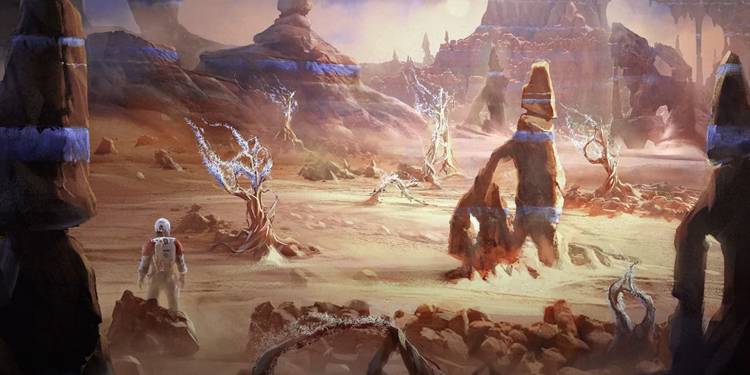 A player-built outpost in Starfield, highlighting the modular construction and potential for customization.
A player-built outpost in Starfield, highlighting the modular construction and potential for customization.
Resource Management and Crafting: Resource management is key. You'll be scanning planets, mining materials, and crafting everything from habitats to industrial machinery. The UI is cleaner than Fallout 4's, making it easier to navigate the menus and understand what you need. However, the tedium of gathering those resources can still rear its ugly head. While there are automated extractors, they often require specific resource deposits and power sources, leading to a lot of back-and-forth travel.
Outpost Customization: Starfield offers a decent level of customization. You can build various modules, decorate them with furniture, and connect them with corridors. You can also hire crew members to manage your outposts, which provides some useful bonuses. The snap-together construction is far less finicky than Fallout 4 which is a big win.
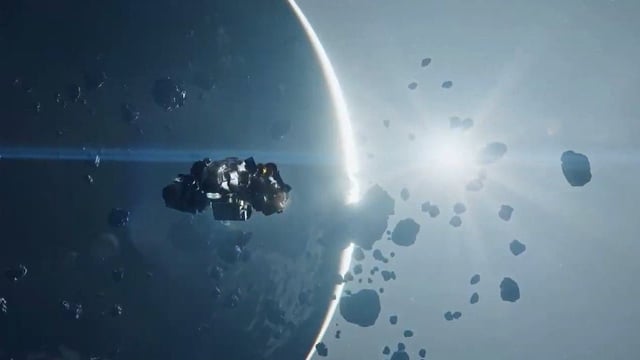 The clean UI of Starfield's base building system is a definite improvement over Fallout 4.
The clean UI of Starfield's base building system is a definite improvement over Fallout 4.
Motivation and Rewards: This is where Starfield stumbles a bit. While resource generation, research, and XP gains are nice, they don't always feel essential. The benefits rarely feel game-changing. In Fallout 4, you were building settlements to survive, provide for settlers, and defend against attacks. In Starfield, outposts often feel like optional side projects.
Potential Improvements: Bethesda could add more compelling reasons to invest in outposts. How about making certain research projects or crafting recipes exclusive to outpost workbenches? Or perhaps adding challenging events that require you to defend your outposts against hostile alien creatures? Adding a deeper level of interdependence between your character's progression and outpost development would do wonders.
Narrative Analysis: Constellation, Exploration, and the Procedural Universe
Starfield places you in the role of an explorer for Constellation, a group dedicated to uncovering the mysteries of the universe. The narrative structure has similarities to No Man's Sky - a vast, procedurally generated universe punctuated by handcrafted locations and story elements.
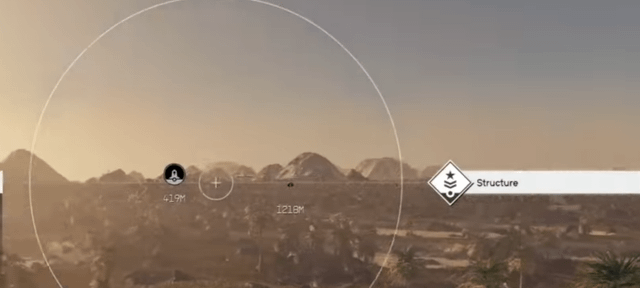 A member of Constellation, representing the spirit of exploration and discovery that drives the main narrative.
A member of Constellation, representing the spirit of exploration and discovery that drives the main narrative.
Procedural Generation vs. Handcrafted Content: This is a double-edged sword. The sheer scale of Starfield's universe is impressive, with countless planets to explore. However, the procedural generation can sometimes lead to repetitive environments and uninspired encounters. You'll often find yourself landing on a planet, encountering the same pre-fabricated structures and enemy types, and quickly moving on.
Delivery of Themes: The procedurally generated content can dilute the impact of the handcrafted narrative moments. When every other planet feels generic, the genuinely interesting locations lose some of their luster. The game wants to convey the theme of humanity’s place in the universe, but the lack of interesting things to do on most planets makes that difficult.
Successes and Failures: New Atlantis is a prime example of a handcrafted location done right. The city feels vibrant and alive, with unique characters and compelling questlines. On the other hand, landing on yet another barren moon with identical resource deposits and pirate outposts is a failure of the procedural generation. The randomly generated content needs more variety and purpose.
Graphics: Visual Fidelity and Environmental Storytelling
Starfield is a visually impressive game, especially on high-end PCs. The handcrafted environments are stunning, with incredible attention to detail.
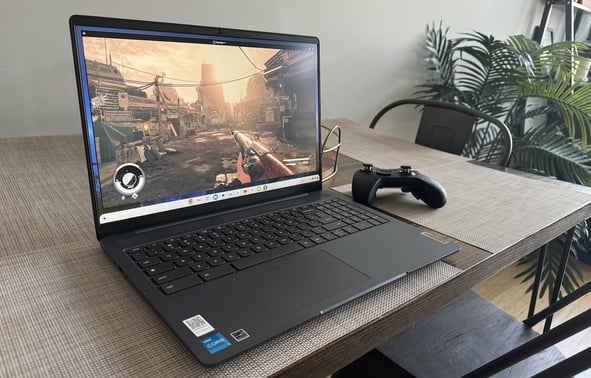 A detailed, handcrafted environment in Starfield showcasing impressive lighting and atmospheric effects.
A detailed, handcrafted environment in Starfield showcasing impressive lighting and atmospheric effects.
Visual Fidelity: The lighting engine is particularly noteworthy, creating a strong sense of atmosphere. The volumetric clouds, god rays, and realistic shadows add depth and immersion to the environments. Texture quality is generally good, although some surfaces can look a bit flat up close.
Environmental Storytelling: The environmental storytelling is hit-or-miss. Some abandoned settlements are genuinely captivating, with carefully placed objects and decaying structures that tell a story. Other times, the environments feel generic and lifeless, lacking any real sense of history or character. However, when it does work, the storytelling elevates the experience. You may stumble across a derelict space station, piece together what happened to the crew through scattered logs, and discover a hidden cache of valuable resources.
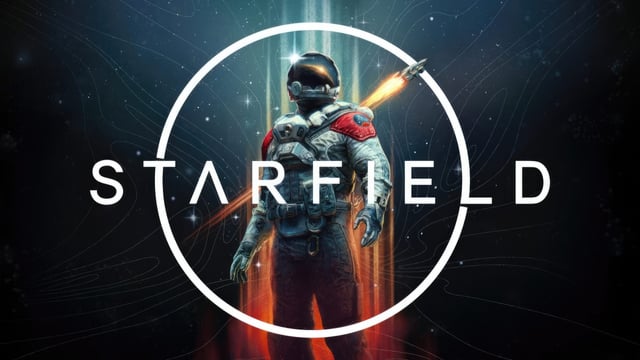 The vastness of a procedurally generated landscape, showcasing the draw distance and overall visual style.
The vastness of a procedurally generated landscape, showcasing the draw distance and overall visual style.
Visual Bugs and Glitches: I encountered a few minor visual bugs, such as flickering textures and occasional clipping issues. Nothing game-breaking, but noticeable nonetheless.
PC Performance: Intel 13th Gen iGPU Analysis
Now for the moment of truth: how does Starfield run on Intel 13th Gen CPUs with integrated graphics? I tested the game on both an i7-13700K and an i5-13600K, focusing on low settings and resolutions.
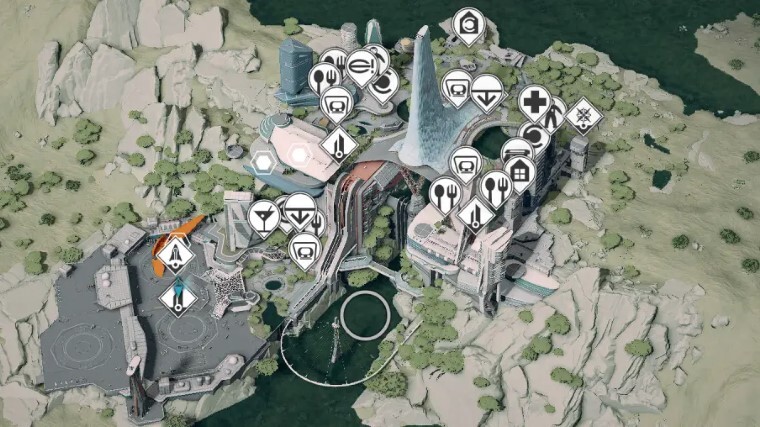 A chart showcasing the performance gains with FSR2 enabled on integrated graphics.
A chart showcasing the performance gains with FSR2 enabled on integrated graphics.
Playability at Low Settings: The good news is that Starfield is playable on these iGPUs, but you'll need to make some sacrifices. At 720p with all settings on low, I averaged around 25-30 FPS in less demanding areas. New Atlantis, as expected, brought that number down considerably. 1080p was pushing it too far without FSR.
Optimized Graphics Settings: Here are some settings to tweak for optimal performance:
- Set Shadow Quality to Low
- Disable Motion Blur
- Lower Indirect Lighting
- Set Reflections to Low
FSR 2 Upscaling: FSR 2 is a lifesaver. Using the "Quality" preset, I saw a significant boost in frame rates.
| Location | Resolution | FSR 2 (Quality) | Average FPS (i7-13700K) | Minimum FPS (i7-13700K) | 1% Lows (i7-13700K) |
|---|---|---|---|---|---|
| New Atlantis | 720p | Off | 22 | 18 | 15 |
| New Atlantis | 720p | On | 35 | 28 | 22 |
| Barren Moon | 720p | Off | 28 | 23 | 19 |
| Barren Moon | 720p | On | 42 | 34 | 28 |
| Interior Station | 720p | Off | 32 | 26 | 21 |
| Interior Station | 720p | On | 48 | 39 | 32 |
| New Atlantis | 1080p | Off | 15 | 11 | 9 |
| New Atlantis | 1080p | On | 25 | 19 | 14 |
| Barren Moon | 1080p | Off | 19 | 14 | 11 |
| Barren Moon | 1080p | On | 31 | 23 | 17 |
| Interior Station | 1080p | Off | 23 | 17 | 13 |
| Interior Station | 1080p | On | 36 | 27 | 19 |
CPU/GPU/RAM Usage: During gameplay, the i7-13700K was hovering around 70-80% CPU usage and 90-100% iGPU usage. Starfield is definitely GPU-bound on integrated graphics. 16GB of RAM is recommended, although 8GB might be enough at lower settings.
Minimizing Stuttering: Stuttering can be a problem, especially during initial loading and planet transitions. Try the following to minimize it:
- Install the game on an SSD.
- Close any unnecessary background applications.
- Update your Intel graphics drivers to the latest version.
Overall Experience: A Promising, but Imperfect, Space Odyssey
 The beauty and vastness of space, one of Starfield's strongest assets.
The beauty and vastness of space, one of Starfield's strongest assets.
Starfield is a compelling space exploration experience with flashes of brilliance. The combat is solid, the narrative has intriguing moments, and the sense of exploration is undeniable. However, the procedural generation can feel repetitive, the base building system could be more rewarding, and performance on integrated graphics requires some tweaking.
Longevity and Modding: Bethesda games are known for their longevity, thanks to a vibrant modding community. I expect modders will address many of the game's shortcomings, adding new content, improving performance, and enhancing the overall experience.
Memorable Encounters: Despite its flaws, Starfield has provided me with some memorable moments. Discovering a hidden research facility on a desolate planet, stumbling upon a stranded spaceship with a desperate crew, and engaging in thrilling space battles – these are the moments that make Starfield worthwhile.
Final Verdict: Starfield isn't a perfect game, but it's a good one. It delivers on its promises of a vast and explorable universe, even if that universe sometimes feels a little empty. It's a must-play for fans of Bethesda RPGs and space exploration games, but be prepared to temper your expectations and embrace the game's strengths while overlooking its weaknesses. For those rocking an Intel iGPU, tweaking the settings is essential to get a playable experience.
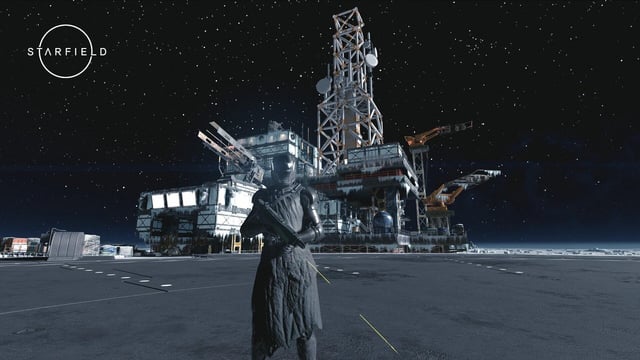 Overlooking a player's outpost from a scenic viewpoint
Overlooking a player's outpost from a scenic viewpoint